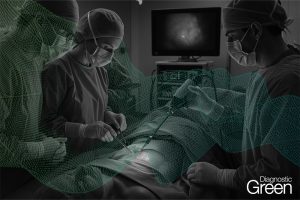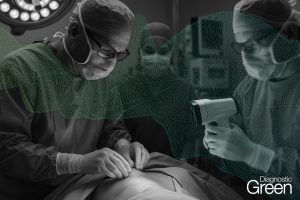Purpose: The purpose of this study was to evaluate the feasibility and safety of indocyanine green (ICG) fluorescence as an alternative to traditional sentinel lymph node biopsy (SLNB) techniques in breast cancer (BC) patients undergoing neoadjuvant chemotherapy (NAC). Specifically, the study aimed to assess sentinel node identification rates and the effectiveness of ICG in axillary staging without the use of radioactive tracers.
Methods: This retrospective study included 71 BC patients treated with NAC, who underwent SLNB using ICG fluorescence between 2020 and 2024. ICG was injected intradermally around the nipple-areolar complex, and the lymphatic pathways were visualized with a fluorescence camera. SN identification rate (IR) and retrieval of three or more SNs were the primary and secondary endpoints, respectively. Statistical analyses were performed using the Mann-Whitney U test for continuous variables and Fisher’s exact test for categorical variables.
Results: ICG-guided SNs were identified in 91.5% of patients, with a median retrieval time of 25 min (range: 10-50). Three or more SNs were successfully collected among 66.2% of cases and 38% of patients achieved a complete pathological response to NAC, while 53.5% had partial responses. Metastatic SNs were found in 21.1% of patients, and no serious intraoperative or postoperative complications were observed.
Conclusion: ICG fluorescence-guided SLNB proved to be a feasible and promising method for SNs identification among BC patients after NAC. While ICG shows potential as an alternative to traditional techniques, further studies are required to confirm these findings and to establish ICG role in post-NAC axillary staging.




